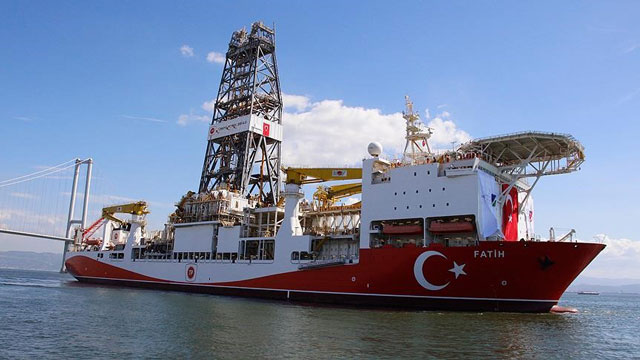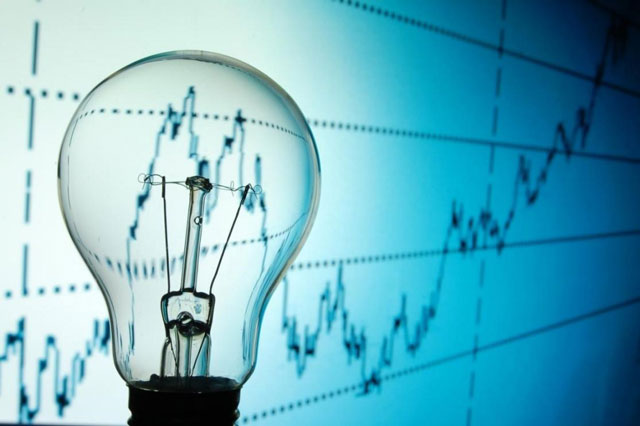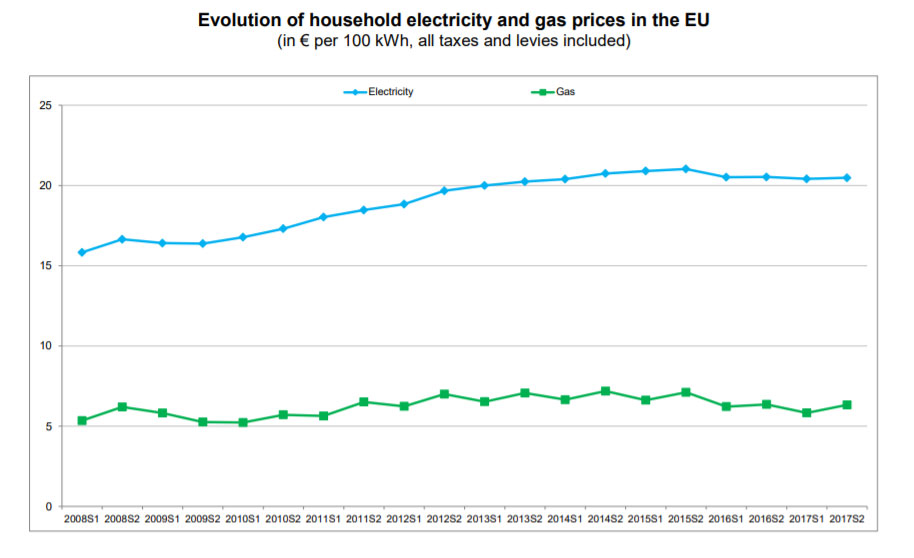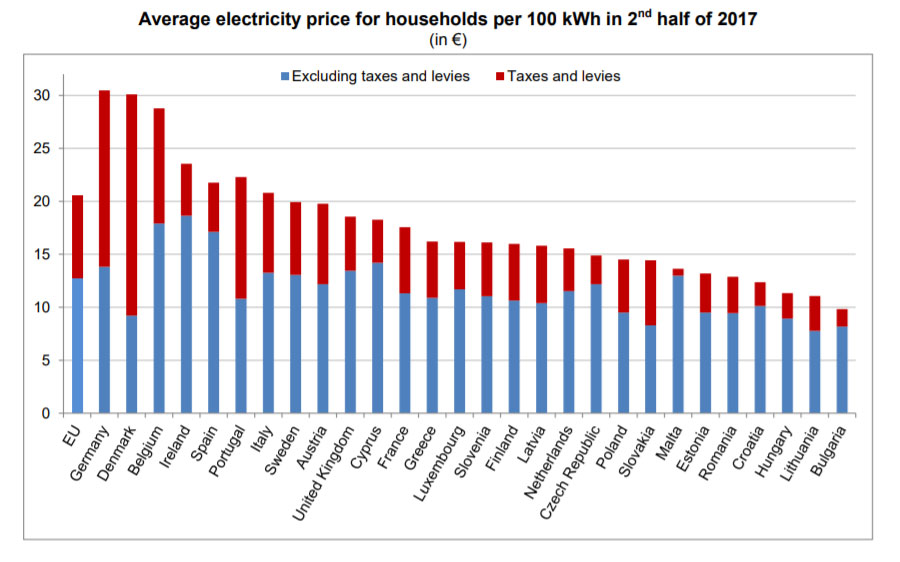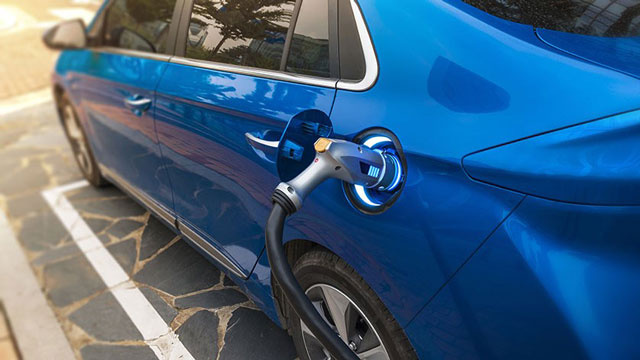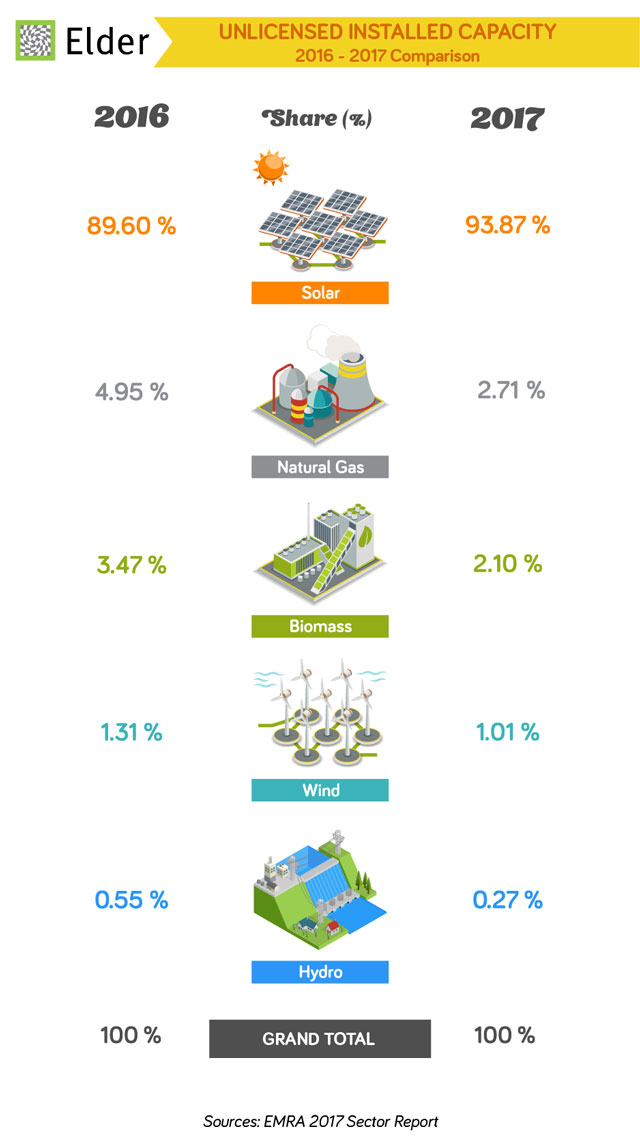How blockchain can manage the future electricity grid

Every month, it seems that blockchain’s potential to revolutionize the energy sector is proclaimed anew, from Wired Magazine announcing that “microgrids and the blockchain are powering our energy future” to Renewable Energy World claiming that “blockchain could change everything for energy.“
There’s a growing degree of certainty that blockchain will transform the energy system. But the question is how.
Blockchain or not, the grid is fast changing from the old system of analog, fossil-fuelled, centralized generation and transmission to a new paradigm defined by a high percentage of renewables, especially solar and wind, and customer-sited smart technologies, such as rooftop solar, battery energy storage, electric vehicles, smart thermostats and more.
In May, more evidence of this fast-approaching future appeared. Firstly, a report from Rocky Mountain Institute found that in the US alone, as much as $1 trillion in future investment and fuel costs for natural gas power plants through 2030 could be stranded by cost- and technology-competitive combinations of renewables and smart devices. Secondly, Reuters reported that two major US utilities, serving 5.5 million electricity customers across 12 states, said that they are “done building combined cycle natural gas-fired power plants”.
But how will we manage an electricity grid with billions of connected, customer-sited technologies in an era when Tesla’s South Australia virtual power plant (VPP) – currently hailed as the world’s largest – looks like a mere drop in the ocean? The approach to date has largely been to “bolt on” solutions, such as centralized Internet of Things (IoT) cloud computing, to manage distributed solutions such as VPPs and microgrids.
Yet this approach will eventually create limitations. A more distributed and decarbonized energy future requires a more decentralized solution, in order to make the leap from the legacy grid of yesterday to the most fully realized grid of tomorrow. That’s where blockchain becomes central to the story.
At the Energy Web Foundation (EWF), in collaboration with more than 50 affiliates from around the globe, we are developing an open-source, scalable blockchain platform tailored for the energy sector. The Energy Web chain is designed to handle the transaction throughput required from the fast emerging decentralized, internet-connected electrical grid.
We are also building the Decentralized Autonomous Area Agent (D3A), which gets even more directly to the heart of how we manage and operate a heavily decentralized grid. The D3A is a transactive energy market design platform operating on top of the Energy Web chain. It offers a framework that pushes the bounds of what is possible, running the electricity market in an entirely different way. Rather than take the legacy centralized system and try to extend its reach ever deeper into customers and devices at the grid edge, it flips electricity grid balancing on its head.
The D3A balances the grid from the edge up, not the top down. In matryoshka-like fashion, at every scale of the grid – from individual devices, to buildings, neighborhoods, and regions – the D3A nests hierarchical markets, coded as blockchain smart contracts, which govern the transactions that balance electricity supply and demand. In this way, the D3A functions like pieces of digital DNA, providing the foundational blueprint for each “cell” of the system without centralized dispatch, like a conductorless orchestra playing a harmonious symphony.
“This alternative approach is capable of achieving a high uptake of renewables, provides the greatest degree of freedom for consumers, enables broader market participation, and increases grid resilience to both physical and cyber disruption”, explains our colleague Sarah Hambridge, D3A product owner for EWF.
This is the real future of transactive energy (a popular buzz phrase these days, including in blockchain circles). It is not just theory – it is becoming reality.
In April 2018, at Event Horizon in Berlin, EWF unveiled a D3A proof-of-concept simulation environment, in advance of an open-source simulation tool and fully-fledged hardware implementation expected in the next year or two of development. And Stedin, a distribution system operator in the Netherlands and EWF affiliate, is starting to pursue a blockchain-based D3A-like project with what it calls the Layered Energy System concept.
While these are all promising developments, much remains to be done before the D3A, or blockchain more generally, achieves any kind of true commercial scale in the energy sector.
“We still need to build out further functionality and capability of the Energy Web chain, which is currently available as a test net, and then accelerate its adoption”, says Ewald Hesse, vice chair of EWF and co-founder of blockchain developer Grid Singularity.
“Then when it comes to the D3A, we also have the pure technological challenges of real-time electricity grid balancing and issues around regulatory acceptance to contend with.”
Source: Europeansting
